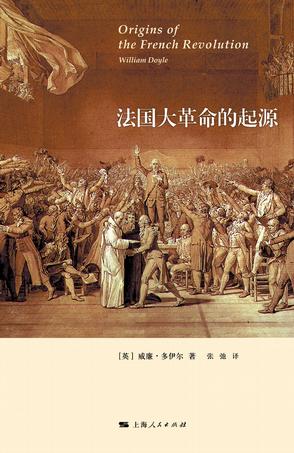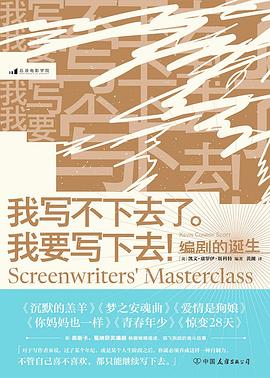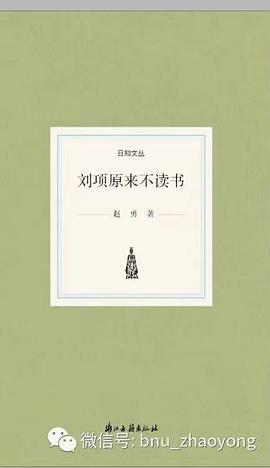Making Sense of Tantric Buddhism
内容简介
Christian K. Wedemeyer’s systematic investigation into Buddhist Tantric traditions fundamentally rethinks the nature of its transgressive theories and practices and situates them firmly within larger trends in learned Indian culture. Challenging the notion that such phenomena are “marginal” or primitive, Wedemeyer demonstrates these antinomian “rituals of rebellion” were integrally related, ideologically and institutionally, both within the Buddhist mainstream and Indian culture.
Revisiting various interpretations of esoteric Buddhism from the early-nineteenth century to the present, Wedemeyer demonstrates the fallacies of attributing Tantric transgression to either the passions of lusty monks, primitive tribal rites, or slavish imitation of Indian Śaiva traditions. He likewise interrogates the narratives that depict Tantrism as a degenerate form of Buddhism, as a primal religious undercurrent, or as medieval ritualism, exposing these as stock patterns in the European historical imagination. Surveying indigenous Buddhist accounts of the history of their traditions, he reveals the lived world of Tantric Buddhism as largely continuous with the Indian religious mainstream and deploys contemporary methods of semiotic and structural analysis to make sense of its seemingly repellent and immoral injunctions. Conducting the first-ever semiological reading of the influential Guhyasamāja Tantra, Wedemeyer underscores the text’s overriding concern with purity, pollution, and transcendent insight—issues that are shared by all Indic religions. He also conducts a large-scale, quantitative study of Tantric literature, showing the radical antinomianism that has been taken generically as Tantric “practice” (caryā) is instead a rarefied and highly managed ritual observance restricted to a sacerdotal elite. These insights into Tantric scripture and ritual enable a better appreciation of the continuities between South Asian Tantrism and broader currents in Indian religion, and Wedemeyer successfully illustrates how thoroughly these “radical” communities were integrated into the intellectual, institutional, and social structures of South Asian Buddhism.
......(更多)
作者简介
Christian K. Wedemeyer is associate professor of the history of religions at the University of Chicago Divinity School and in the Department of South Asian Languages and Civilizations. He is the author of Āryadeva’s Lamp that Integrates the Practices: The Gradual Path of Vajrayāna Buddhism According to the Esoteric Community Noble Tradition, and his research concerns the history and literature of Buddhism in Southern Asia and Tibet.
......(更多)
目录
List of Figures and Tables. xiii
Preface and Acknowledgments. xv
List of Abbreviations. xix
Introduction: Making Sense in and of the Human Sciences. 1
Part 1: Historiography
1. Origins, Religion, and the Origins of Tantrism. 17
Understanding Tantric Buddhism through its Origins. 18
The Quest for Origins as Method in the History of Religions. 32
2. Narrating Tantric Buddhism. 37
The Poetics of Historiography. 38
Tantra as End: The Decline and Fall of Indian Buddhism. 43
Tantra as Beginning: The Primordial Undercurrent. 51
Tantra as Middle: Medieval Esotericism. 58
Historical Narrative and Ideological Implication. 66
3. Going Native: Traditional Historiography of Tantric Buddhism. 68
Historiography and Cosmology in Exoteric Buddhism. 71
Historiography and Cosmology in Esoteric Buddhism. 79
Observations on Structure, Function, and Historiograophy. 95
Part 2: Interpretation
4. The Semiology of Transgression. 105
The Literal and the Figurative in Tantric Hermeneutics. 107
Connotative Semiotics as Exegetical Method. 113
Connotative Semiotics in Tantric Ritual. 117
Connotative Semiotics in Tantric Scripture. 125
5. “The Practice of Indian Tantric Buddhism. 133
Interpreting the Practice Observance I: Irony and Inversion. 144
Interpreting the Practice Observance II: Prerequisites and Temporal Frame. 149
Interpreting the Practice Observance III: Śaiva Parallels. 152
6. Tantric Buddhist Transgression in Context. 170
The Social Location of Esoteric Buddhism as an Interpretative Problem. 171
Contriving Marginality. 173
The Common Repertoire of Buddhist Professionals. 175
Carnivalesque or Rituals of Rebellion? 188
But...Did They Really Do It?! 192
Concluding Reflections: No Two “Ways” About It. 200
Appendix I: The Indrabhūti Story According to Pad ma dkar po (ca. 1575). 207
Appendix II: Chapter Nine of the Buddhakapāla Tantra, The "Practice" (caryāpaṭala). 209
Notes. 211
Bibliography. 267
Index. 301
......(更多)
读书文摘
......(更多)






